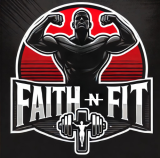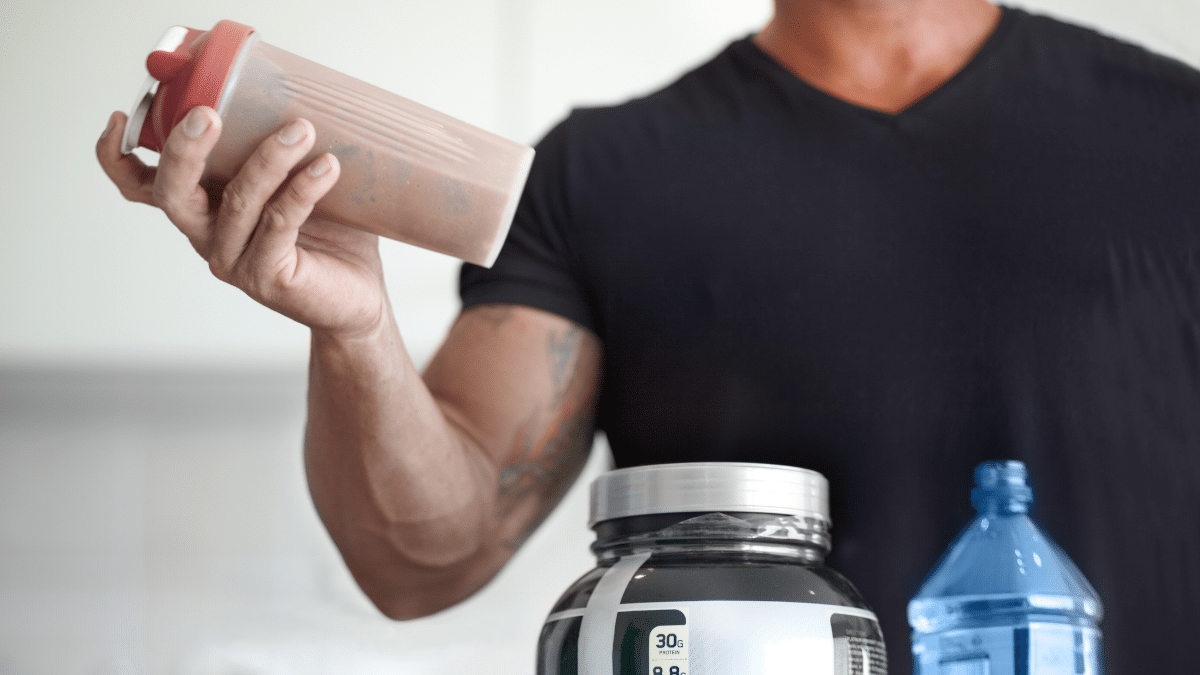When it comes to transforming your body, choosing the best protein powder for weight loss and muscle gain can make a major difference. Protein powders support fat loss through satiety and muscle gain through recovery and muscle protein synthesis.
🧬 What Makes a Protein Powder Good for Both Goals?
For fat loss and muscle gain, a high-quality protein powder should be:
- Low in carbs and fat
- High in protein (20–30g per serving)
- Rich in essential amino acids, especially leucine
- Easily digestible and bioavailable
It should also be low in sugar and artificial fillers, supporting a lean and muscular body composition through efficient nutrient delivery.
🥇 What Is the Best Overall Protein Powder?
The top choice for most people is whey protein isolate. It contains:
- ~25g protein per scoop
- Less than 1g fat and carbs
- Complete amino acid profile
- High leucine content for muscle growth
- Fast digestion and absorption
Whey isolate supports both muscle protein synthesis (MPS) and fat loss via satiety and thermogenesis.
🌱 Are Plant-Based Powders Effective?
Yes—but choose blended plant proteins like:
- Pea + rice
- Hemp + pumpkin
- Soy isolate (for complete amino acid profile)
Look for products that provide at least 20g protein per serving, are fortified with BCAAs, and have minimal added sugars.
Example: A good plant-based protein powder should contain:
- 20–25g protein
- <5g carbs
- <3g fat
- 2.5g+ leucine
⏱️ When Should You Take Protein Powder?
To maximize both goals:
- Post-workout: Jumpstart muscle repair and growth
- Morning: Boost metabolism and suppress hunger
- Between meals: Support satiety and reduce overeating
- Before bed (casein): Prevent overnight muscle breakdown
Protein timing isn’t everything—but hitting your daily protein target (0.8–1.0g/lb of body weight) is essential.
🍫 Which Brands Are Most Effective?
Here are top-rated options based on quality and results:
- Optimum Nutrition Gold Standard (Whey Isolate):
- 24g protein, 1g fat, 1g carb
- Trusted by athletes
- Dymatize ISO100 (Hydrolyzed Whey):
- 25g protein, 0g fat, 1g carb
- Rapid absorption
- Orgain Organic (Plant-Based):
- 21g protein, 5g carbs, 3g fat
- Great taste, clean ingredients
- Legion Whey+:
- Grass-fed, low-carb, high-protein
- Naturally sweetened with stevia
⚖️ How Does Protein Help with Weight Loss?
Protein increases:
- Thermic effect of food (TEF): ~20–30% of calories burned during digestion
- Satiety: Reduces appetite and cravings
- Lean mass retention: Protects muscle while in a deficit
This helps create a calorie deficit without feeling starved—especially when combined with high-fiber, low-calorie foods.
💪 How Does Protein Support Muscle Gain?
Muscle growth happens through muscle protein synthesis > breakdown. To trigger MPS:
- Consume 20–30g of protein every 3–4 hours
- Prioritize complete proteins high in leucine
- Time around training sessions
Protein powders make this easy—especially for those who struggle to eat enough protein from food alone.
🧮 How Much Protein Powder Should You Use Daily?
Use it to supplement, not replace meals.
If your daily protein target is 150g:
- Aim for 1–2 scoops/day (40–50g protein)
- Get the rest from chicken, fish, eggs, Greek yogurt, legumes, etc.
Watch out for hidden sugars and calories from fats in flavored powders.
✅ Key Takeaways
- The best protein powder for weight loss and muscle gain is one that is high-protein, low-fat/carb, and easy to digest
- Whey isolate is the gold standard; plant proteins can work if properly blended
- Protein helps with fat loss through satiety and muscle gain through MPS
- Timing and dosage matter—but daily intake is the top priority
- Supplement smart and pair with whole foods for best results
Read Next…
- How to Safely Transition Out of Ketosis
- Why You Have Problems Sleeping Once You Reach 50
- The Dangers of Ketosis While Fasting
- How to Use Functional Exercise to Improve and Determine Longevity
- How to Use a Breath Ketone Meter on a Fast or Keto Diet
Subscribe now and get a 14-day free trial workout app for iPhone users.





